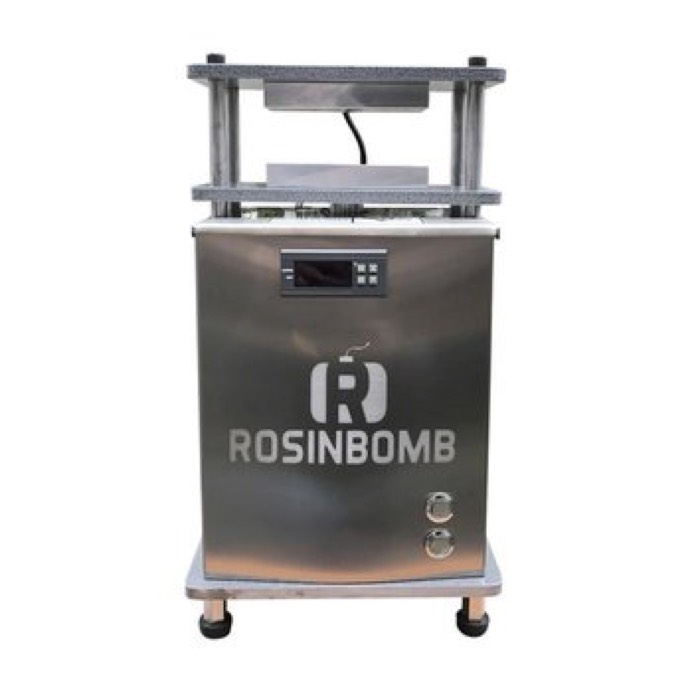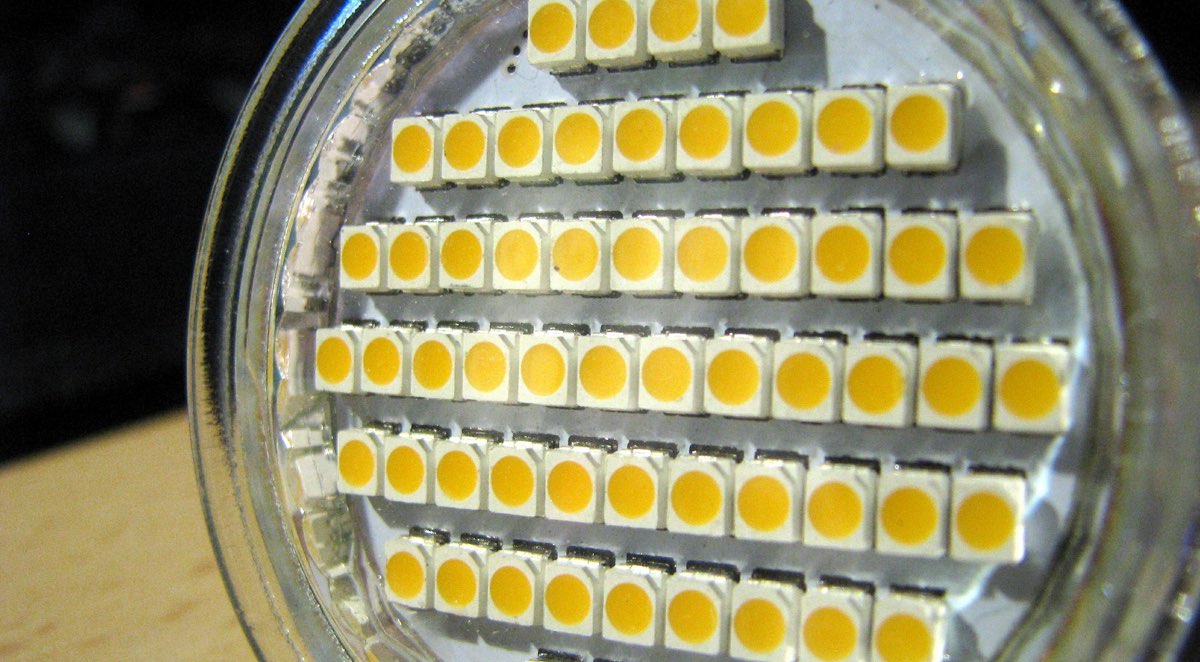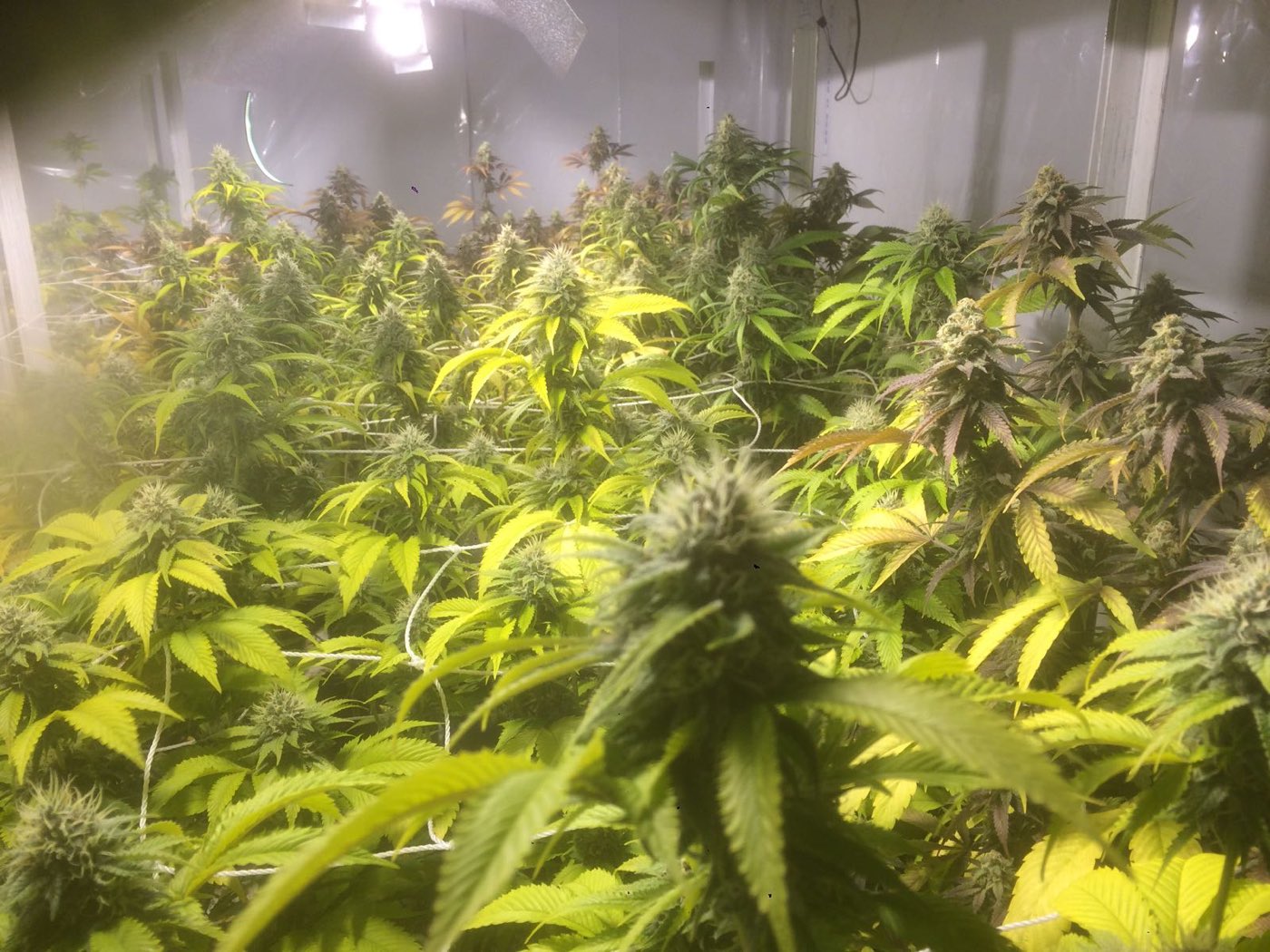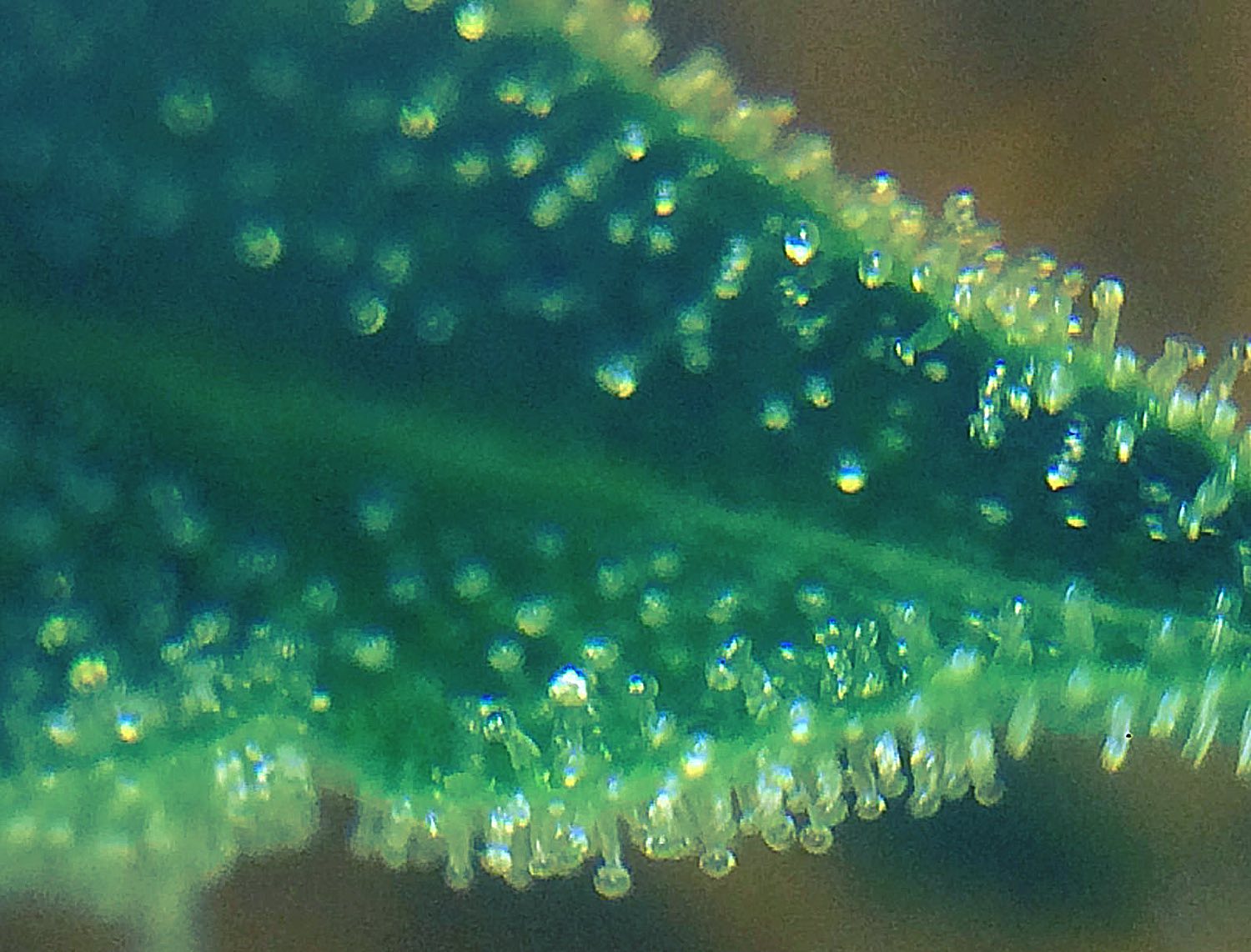Re:
Deep Space Music Recorded by NASA Hubble Telescope
Fri, 08/Mar/19
I just could not help myself from sharing this piece of art created by the Nature itself, or Gods whatever you prefer better. The deep space music has been recorded by the NASA’s Hubble Telescope! If this is true then it’s far beyond anything I could ever imagine in my mind. How it works: the huge individual stars visible on foreground, along with spiral galaxies housing countless billions of stars, and smaller compact galaxies (or dwarf galaxies) of various density — they all emit very different tones, which have been recorded by Hubble and these tones do form this “music”. If I were you, I would definitely puff before switching the sound ON. Enjoy!
Find full publication at — NASA website
NASA is now emerging the social networks harder than ever, since President Donald Trump cut its budget little bit. Being so short of money the world-famous American space agency even cancelled the Asteroids Redirect mission (WOW! I never knew such thing even existed!)
And my very personal feeling is that I’ve never saw this big amount of entertainment material from NASA before such a hole in the budget has occurred. Yet for sake of truth — they always send it out quite a lot and quite widely, being a very cool Gov’s agency.
Just for comparison – read the below – how romantic:
« By 2025, we expect new spacecraft designed for long journeys to allow us to begin the first-ever crewed missions beyond the Moon into deep space. We’ll start by sending astronauts to an asteroid for the first time in history. By the mid-2030s, I believe we can send humans to orbit Mars and return them safely to Earth. And a landing on Mars will follow. And I expect to be around to see it. So I’m challenging NASA to break through these barriers. »
— From President Barack Obama’s speech (2010)
Hmm… Sounds quite Okay… And following the wave of legalization, for such a space mission they’ll definitely need a load of space cakes!
Ha-ha-ha **I’m kidding**
Best Rosin Press Review
Tue, 14/Aug/18
If you have discovered the joy of using dabs, creating your own rosin is the next step in the process as it means you’ll never run out of the very best product for your vaporizer. Rosin is a premium product and offers the most intense and flavorful experiences, but you’ll need a piece of equipment to produce it.
The rising popularity of rosin means that there’s now a great choice of rosin presses available for sale. But which one is the best? We take a closer look at the three top contenders below.
The Rosin Bomb Rocket
Rosin Bomb are one of the leaders in the rosin pressing industry, continuously offering innovation, and the Rocket is one of their most recent machines.

This rosin press is one of their most portable designs as it’s just 10 inches tall and weighs only 15lbs. This means if you want to toss it in a backpack and carry it a few blocks, you won’t break your back in the process.
This press throws out 1800lbs of force and is capable of handling 5g of raw material at once. This is a decent amount for a small group and with just 10 minutes to heat up, you won’t have to wait for too long.
The Rosin Bomb Super Rosin Press
The Super Rosin Press is a mighty powerhouse and another superb offering from the much-respected Rosin Bomb. Standing just 16 inches tall, it would be tempting to dismiss this as lacking in strength and capacity but that would be a huge mistake.

The Super Rosin Press is a mighty machine, capable of processing up to 14g of material at once. This makes it ideal for when you want to produce larger quantities or if you want to enjoy some fresh dabs with your friends. The time it takes these mighty plates to heat up is the only drawback, with about 30 minutes needed to get to full working temperature.
Once in use, the Super Rosin Press releases 5500lbs of force, squeezing the material hard to release all the possible rosin. This press comes with some handy mesh bags too, this makes sure no unwanted plant material gets mixed up with the rosin and impedes the quality.
Although the Super Rosin Press is fairly unobtrusive in size, it’s a heavy weight at more than 35lbs. While it would fit into your backpack, you’d have to be pretty muscly and strong to be able to drag this machine from one place to the next. This means it’s far more suitable for those who simply want to use it at home.
Rosin X Auto Compact Press
If you loved the original Rosin X Mini, this is the machine for you, delivering all of the same quality but upgraded to offer greater efficiency and product.
This press is simple to use, just plug it in, place your herbs in a fold of parchment paper, heat and release. It takes around 7-10 seconds to produce the rosin before you release the plates to reveal what’s underneath.

The Rosin X Auto Compact certainly lives up to its name as it can only process around 1.5g of material per press. This means it’s great for personal use but a bit limiting if you’re hoping to create some fresh dabs for you and your friends. You might be tempted to squeeze more into the plates but while it’s true that there is more room, it will inhibit the process. This means you won’t get the same yield and will just be wasting some of your raw material.
Despite its diminutive size, this press isn’t short of power, exerting a magnificent 500lbs of pressure while in use.
At 1250g it’s very lightweight making it a portable rosin press, but the limitations of the production amount mean it’s not the most sociable presser to use.
The winner?
The best rosin press really is a matter of personal preference and for what you’re planning on using it for. If you need large quantities then it’s difficult to argue with the Rosin Bomb Super Press. However, at 30 minutes to warm up it’s not the most convenient rosin press you’ll find.
In contrast the Rosin X Auto is beautifully compact and ready to use in just 5 minutes. The drawback here is the small production capacity, only able to process 1.5g each time.
This means that for many the Rosin Bomb Rocket is the top pick, offering a compromise of portability and large quantities. There is a generous capacity for your herbs but you’ll only have to wait for 10 minutes to get started. It’s portable, powerful and is backed by one of the top manufacturers in the industry. That’s why, for the versatility and ease of performance, the Rosin Bomb Rocket is the top pick here.
COB LED Light — Illustrated
Sat, 04/Aug/18
The latest technology in LED-lightning is COB, Chip-on-board LED light. Full of benefits, except the price, it fits much better into a smaller growing space: a closet or a tent; it emits narrower beam resulting more light onto area (read: more herbs!!). Economic, powerful, beautiful and expensive.
COB (short from Chip-on-Board), is a LED packaging technology that suggests mounting multiple LED chips directly onto a supporting ceramic surface to form a single module, known as COB LED chip. These multiple LEDs tiny in size, wired and packaged together they appear like a bright solid panel and function as a powerful light source:

Image Source — Chip-On-Board COB LED Module
The SMD comparable to classic LED “replaces” those long leads of each diode (known as the cathode and the anode) shrinking a total light unit in size significantly. And COB replaces the full circuit making it one ‘solid’ piece. COB even more decrease the size of a unit, offering more ‘led-lights’ per area, therefore more light is emitted, more dense, and less loss in power due to integrity of the piece. The surface where they fixed to is now called the ‘substrate’.
COD and SMD illustrated
First of all imagine an old-school LED = Light Emitting Diode. For example ones shown on the image below form a LED-light. This technology is already an ancient history of LED lights:

This is a simple traditional LED, already the Past.
Then comes SMD = Surface Mounted Diodes, sometimes referred as Surface-mounted devices… I don’t know which is correct, it appears like both exist. Anyhow, this is the Surface-mount technology, and it suggests when a small ceramic panel consists of a number of small diodes mounted onto this surface/panel one-to-each other very closely. A group of such ‘surfaces’ (the SMD chips) then form a LED-light (see the image below). Comparing to classic old-school LED, this SMD provides higher reliability, smaller size, and a neat and cute look too:

This is SMD LED chips, the most popular LED Light technology nowadays.
COB = Chip on Board, is the next great step in LED light development, when they place all into one panel (typically 9 or more chips) and it gives more light, significantly less package size, and even greater performance in terms of amount of light. Looks like a small solid panel of light:

— the Chip on board is the growlight latest technology, increasing density of diodes (again) increases the overall efficiency (again), saves space in the green-house and offers more light from the same area
— The COB LED Chip on a COB LED Grow Light! The yellow spot in the middle is the chip, the substrate where to the diodes attached closely to each other altogether to form the LED-light. Fancy, technological, innovative. This is the Mars-hydro’s COB model on the shot above.[/caption]
What else?
The COB LED package appears more like a solid lighting panel rather than multiple individual lights, comparing to the traditional SMD LEDs mounted closely together. See the images above for both.
COD is more expensive in general than a regular SMD. Roughly $300 against $200. This is simply because it is a fancy-new technology, but then think that it’s always worthy to invest into self.
Smaller space required to place COB light unit. No more headache about how to fix an extra electric box of lights over the plants inside your small green-house (whether it is a closet or a grow-tent or whatever indoor growing space). One small COB led-light now shall give you all the same amount of light.
COB led-light is simply convenient, and we at times pay for the convenience too. Think about, that applying to a new technological thing will give an extra knowledge about the technology in general. Isn’t it fun by itself? Some day the COB lights shall finally replace SMDs which are ‘regular’ now, and by that point you already know everything about it in practice. Sounds cool?
No noise. COBs are fanless.
COB LED Grow Light 100w
Mars CX3590 CREE
Fanless No Noise

Read user reviews by this link
- Coverage: 5’x2.5’/ one light ,5’x5’/ 4pcs light
- Max Yield: 2.0g/watt
- Replace HID/MH: 150W
- Draw Power: 110V/110W±5% / 220V/108W±5%
Cultivating Proper Trichomes
Wed, 16/Aug/17
Many cannabis growers are in love with what they grow. It’s natural to be proud of one’s achievements, especially when their development is dependant on so many factors: light, air, environment, watering, etc. etc. But rather than focusing purely on the size of the cannabis plant and the number of flowers it produces, it pays (literally) to dedicate time to help the plant produce the most rosin, and therefore the most potent trichomes, which it can.
Trichomes
Trichomes are small sugar granule-like crystals made from the rosin the plants excrete to thrive in its environment. Some of the oils repel pests, while others attract pollinating insects. Like various glands in a human body, the glands of a plant (trichomes) contain all chemistry the plant produces, and this includes all terpenes and flavonoids and, of course, cannabinoids. The following growing weed at home tutorial is focused on what you, the home cannabis grower, can do to stimulate rosin production which, in turn, is what forms those sparkly trichomes. When you master the art of cultivating proper trichomes the results will be evident in the lab-testing stage where you will notice higher concentrations of CBD, THC, terpenes, and other desireable cannabinoids.

Males And Females Of Cannabis Plant
There are male and females of the marijuana plant, and it’s only females being producing flowering buds that can later be smoked or turned into an extract. If you start with feminized seeds, all of the seeds you germinate have the potential to produce potent flowers but none feminized seeds will have to be sorted out in the flowering phase: Both males and females will sprout buds, but they will appear different on either plant—females with their long, whitish hairs, and males with hanging “balls.” Remove the boys immediately before they pollinate the females or you won’t get as big a harvest.
And another thing to remember and not to forget:
The Hermaphrodite Alert
Because of sudden changes in the environment of the plant the female plants can become shocked into becoming hermaphroditic if you don’t keep the growing conditions consistent and that’s a big waste of time and energy.
Encouraging trichomes in the flowering phase
Switch the light to 12-hours on and 12-hours off to signal to the plants that it is the “end of summer” and that harvest time is around the corner. Now is the time for them to switch from their vegetative phase to the flowering phase.
Wind
Even something as simple as keeping each cannabis “cola” bathed in good air flow, right to the end of the flowering stage, will help to increase bud size and rosin production. The end stage is the most challenging when it comes to stimulating rosin production and trichome growth. The plants are crowded in their space, vying for light and air and nutrients, but it’s not the time for you to quit and be satisfied with the trichomes that already exist. This is the final stretch, after all! Cannabis is a plant that relies on wind to pollinate, but it also knows when it’s futile to waste energy on buds that won’t be passing on their genetics. The cannabis plant will, therefore, save its energy so that it can put it toward buds that are exposed to a breeze. This is the optimal time to separate plants a little more, give them plenty of space, and kick that airflow into gear without making the room into a wind tunnel. Remember, the more energy a plant expels in the adult growth stage, the more rosin-filled the yields will be.

On the image: Transparent Trichomes on a Leaf of Cannabis Plant
Trichomes Matter
Trichomes are small hears (coming from Greek “trichomes” are translated as “hairs”). They are on the epidermis (“skin”) of a plant. Technically they are glands, and plants use them for many chemical purposes: whether it is attacking a prey for a carnivorous plant or a psychedelic message to humanity or maybe only a medical help.
Like various glands in a human body the glands of a plant (trichomes) contain all chemistry the plant produce, and this includes all terpenes and flavonoids and of course THC. A combination of these mentioned contents indeed determines the quality and the properties of marijuana and quality of a cannabis plant. This makes trichomes of cannabis plants to be so important. Same importance as the weight of dry buds.
No trichomes? Don’t freak out
Allow your marijuana plants to have 2-3 months of time to flower to their fullest. Even if they have beautiful big buds, you won’t see full trichome expression on the leaves and buds until the end of the flowering phase. Check with your seed provider for an idea of how long you should wait; each genetic strain is different. You can also tell when the flowering phase is over and the harvest is ripe by observing the white hairs on the flowers turn a red or orange-tinted brown. The buds should be frosted with trichomes and will likely emit a powerful odor.
Preserving trichomes while harvest & trimming
Cut the whole plant just above the soil but avoid touching the sticky buds lest you lose precious trichomes doing so. Use small, sharp scissors to clip the leaves, often called “trim,” away from the buds and toss those leaves away. They are not suitable for smoking, but some people will juice them (resulting in a non-psychoactive, but nutritionally delicious drink). Then, clip the smaller, frosted, leaves that are closer to the bud and use a pollinator to agitate the trichomes off of them; ideal for pressing into hash or extracting with oil or butter for edibles. What’s left is the perfect little bud, just like you see at a dispensary but it’s still too moist to smoke.
Curing cannabis with trichomes in mind
Curing is a slow, tedious process but it will leave you with buds that burst apart between your fingers and burn beautifully. Do not use forced heat to cure your cannabis; leaving the buds in the oven or drying them with a hairdryer will rob it of oils and terpenes, completely ruining the taste and overall effect of the bud.
Simply leave the buds alone in a dark, dry room for about seven days. Move the buds to a glass jar in the same room, returning daily to take the lid off for about 20 minutes each day to release any humidity. When the stems snap quickly but still have some moisture inside, it means the curing process is nearly done. A hygrometer will help monitor RH levels, or Boveda packs will control the RH to the degree you desire. Store cannabis in a UV safe container for another 2–4 months to allow the chemical processes in the weed to slow down completely and for the THC and other cannabinoids to finish developing.